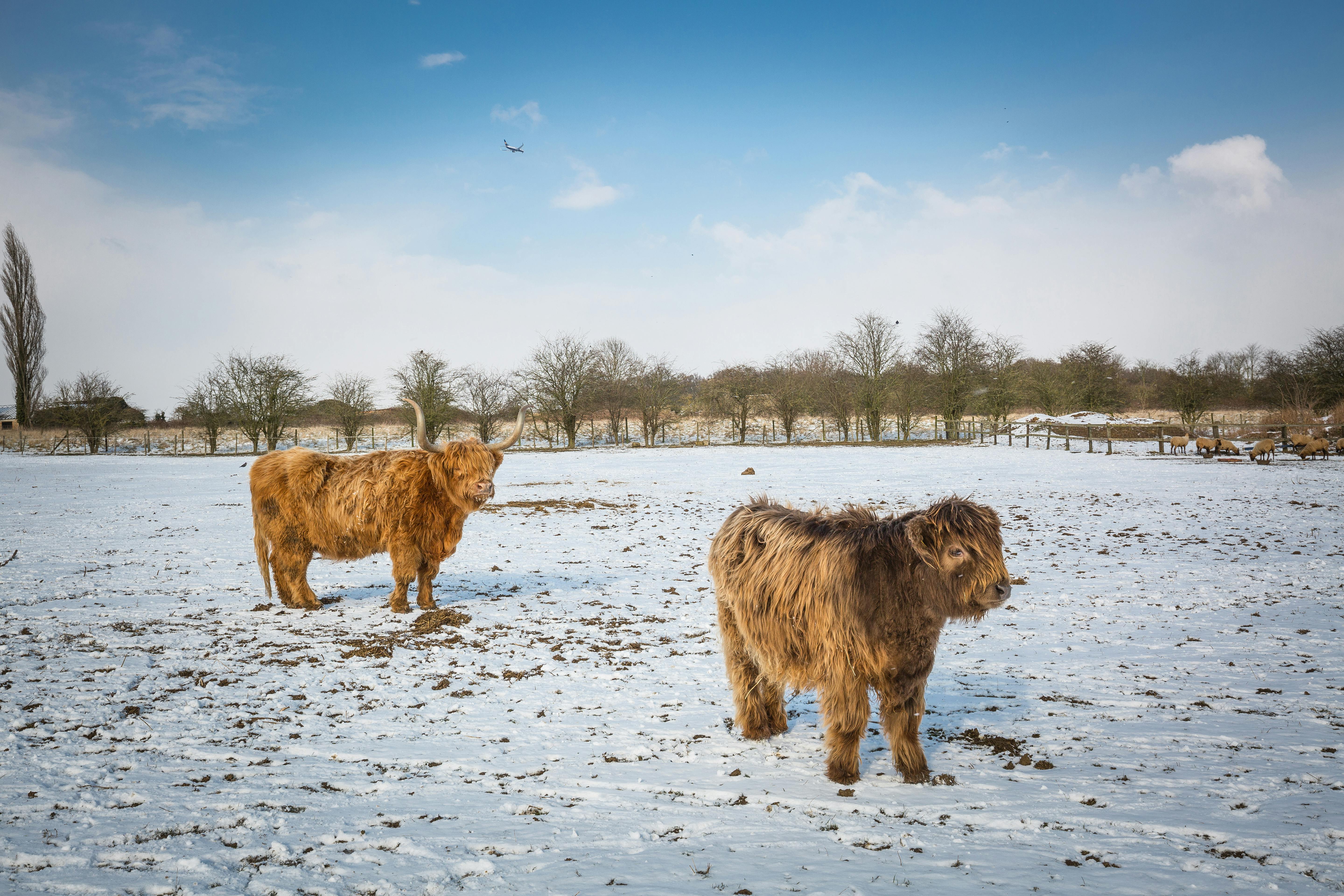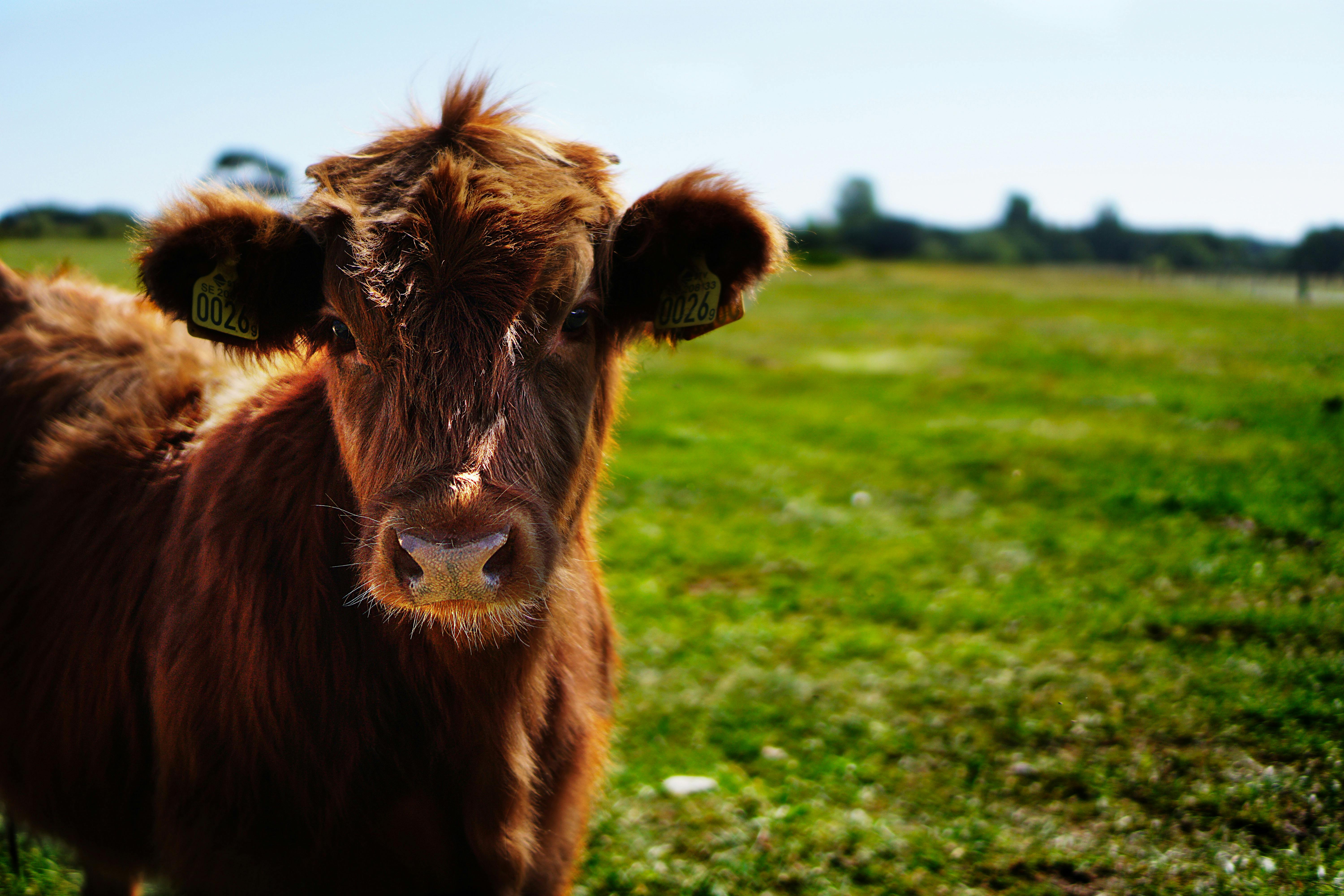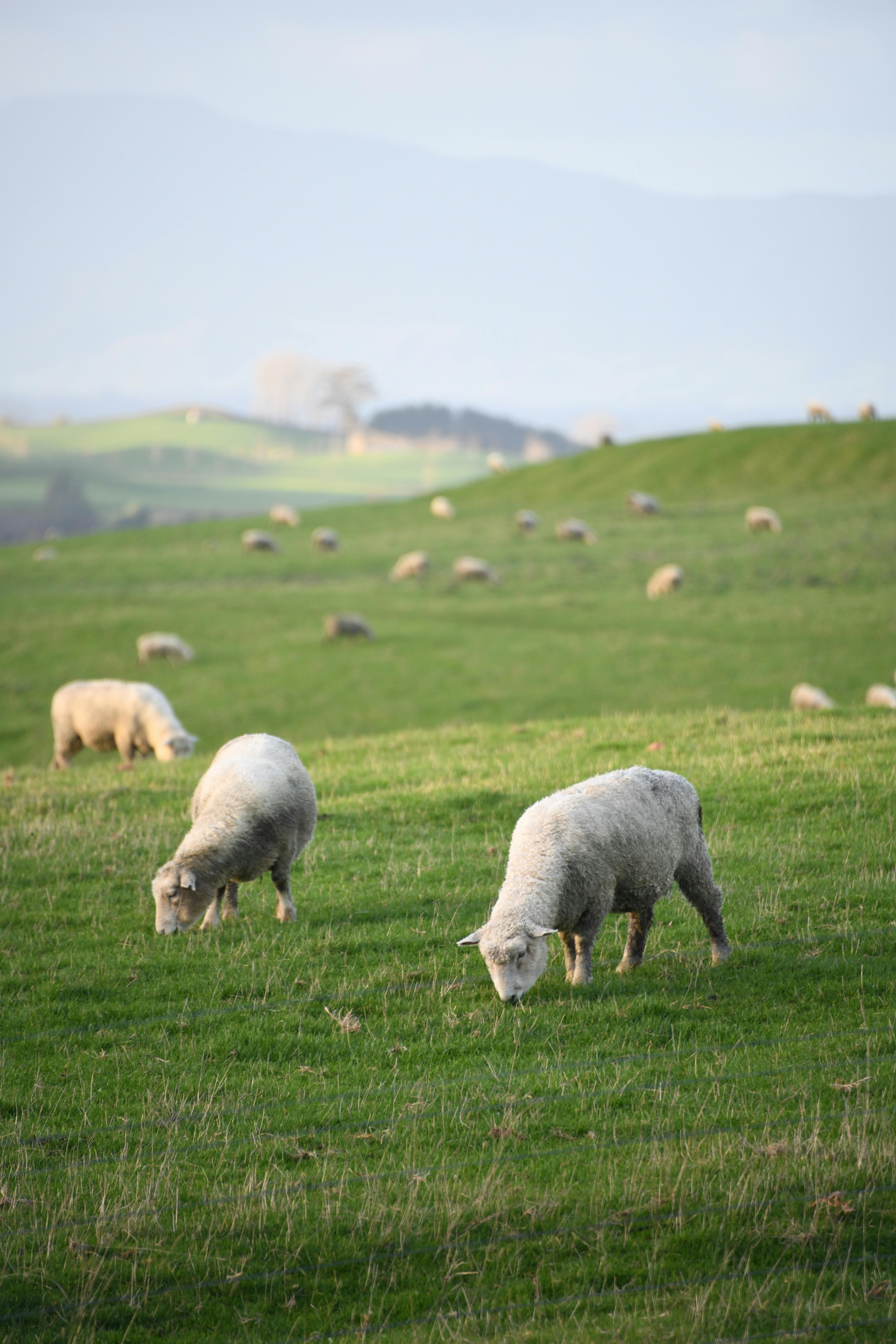When pasturing animals for winter, many farmers and homesteaders choose to use a place the animals will stay through the duration of the winter months- a sacrifice pasture. There are many good reasons for this, including: a lack of structured winter housing, ease of manure management, accessibility to livestock in winter weather, and the ability to rest other pastures through the winter. While the use of a sacrifice pasture works well for many operations, there are some considerations to run through before implementing this practice.
Fertrell Blog
Baylor Lansden
Recent Posts
As the deciduous leaves begin to change color to their vibrant yellows, oranges, and reds, they show us their true colors. Chlorophyll has a green pigment that masks the colors of the carotenoids that the leaf contains. These are the same carotenoids that bring the appealing yellows, oranges, and reds to our egg yolks. They are “hidden” in pasture plants and greens and are seen more obviously in fruits and vegetables such as peppers and carrots.
The majority of our common pig breeds have almost less hair than I do, so skin conditions make themselves fairly apparent. This is good, because we want to address any skin issues that arise as soon as possible. The pig’s skin is an important barrier to the outside world, so we want to maintain its integrity and prevent infections.
On hot summer days, you are not the only one that wants a shade tree and a drink. The majority of our pastures in the Northeast and Upper Mid-Atlantic are comprised of cool season perennial plants, which grow optimally in temperatures of 60-80 F. There is a good reason for this. Cool season perennials offer high quality feed when harvested at the appropriate time. They grow during the many cool days experienced in this area, and they hold their quality fairly long into the winter. However, by the time the corn is starting to stretch to the sun, these plants are slowing their growth, or going dormant. For pasture-based cattle and small ruminant producers, this can be a challenge. You may want to reap the benefits of reduced forage costs that can come with grazing, or if you are a certified organic producer: you may need to graze through the summer to meet your pasture requirements. Thankfully, seasonal changes also offer seasonal opportunities.
About this Blog
The Fertrell Company blog is for farmers, backyard gardeners, and homesteaders alike. Learn from the experts on all things natural and organic for both soil and livestock.
Subscribe to Email Updates
Recent Posts
Posts by Topic
- Soils (18)
- Agronomy (13)
- Cows (13)
- Poultry (12)
- Dairy (8)
- Plant (7)
- Feed (5)
- plants (5)
- Herd (4)
- Mycotoxins (4)
- Vegetables (4)
- laying hens (4)
- soil testing (4)
- Forage (3)
- essential trace mineral (3)
- soil (3)
- swine (3)
- winter (3)
- Aragonite (2)
- Chickens as pets (2)
- Grazing (2)
- Testing (2)
- Turkeys (2)
- fertrell liquid #3 (2)
- grazing livestock (2)
- livestock (2)
- produce (2)
- smallscalegarden (2)
- soil test (2)
- start a garden (2)
- Berry Mix (1)
- Blue N 5-1-1 (1)
- Catch It (1)
- Dr. Paul (1)
- Fertrell Blue N 5-1-1 (1)
- Fertrell Super K 3-4-7 (1)
- Fertrell's Grazier’s Choice (1)
- Fertrell’s Liquid 3-4-3 (1)
- Fish emulsion (1)
- Graziers Choice (1)
- Grazing Season (1)
- Herbal Supplement Powder (1)
- Holly Care (1)
- Hoof Boost (1)
- Hoof Health (1)
- Horse Nutri-Balancer (1)
- Kelp conditioner (1)
- Lawn (1)
- Parasite Pressure Prevention (1)
- Preferred Calcium Source (1)
- RC GOLD (1)
- Water (1)
- baby chicks (1)
- backyard poultry (1)
- benefits of eggs (1)
- broilers (1)
- buying chicks (1)
- chickens (1)
- cold frame (1)
- copper (1)
- cover crops (1)
- dr.paul aloe pellets (1)
- early blight (1)
- fertrell high sulfur mineral (1)
- fertrell’s super k 3-4-7 (1)
- fertrell’s super n 4-2-4 (1)
- foliar feeding (1)
- free-choice (1)
- fungi (1)
- garden (1)
- garlic (1)
- hops (1)
- jet ag (1)
- kelp (1)
- kelp meal (1)
- late blight (1)
- liquid fertilization (1)
- loosing feathers (1)
- microbes (1)
- minerals (1)
- molt (1)
- molting (1)
- molting chicken (1)
- orchards (1)
- oxidate (1)
- pasture season (1)
- pigs (1)
- planting garlic (1)
- regalia (1)
- seed soak (1)
- seed starting (1)
- sow (1)
- stargus (1)
- straw-bale (1)
- strawbale (1)
- strawbale garden (1)
- sulfur (1)
- tissue testing (1)



